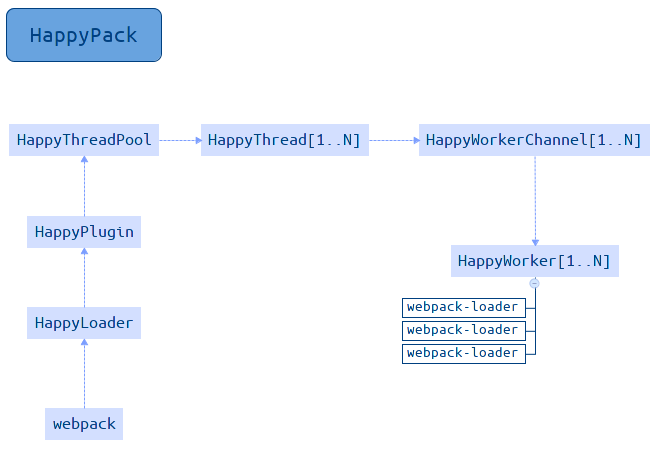
Also, as with any media meant to convey meaning on the web, please make sure you’re including relevant alternative text.
#HAPPYPACK GIFSICLE FULL#
A page full of gifs can make even a beefy computer or device strain itself, so just because you can bombard your users with animations doesn’t mean that you should (at least, if you care about user experience). The smaller you go, the harder Gifsicle has to work to round everything out in fact, you may find that gifs with smaller dimensions sometimes carry a larger filesize.įinally, I’ll remind you that while gifs can be a lot of fun, they’re not always the best way to convey a message. 500×280 instead of 500×281) tend to resize much cleaner and with less distortion. In my testing, I’ve found that gifs with even dimensions (e.g. You may also notice that there was some rounding going on, even in my examples. You may have noticed there’s a bit of math involved with resizing images it’s nothing that requires an advanced degree, but it’s still not how I’d like to spend my afternoon. Even if you’re not using WordPress, I’d encourage you to look at the image_resize_dimensions() function and how it’s implemented this is a geometry problem that’s been solved before, so there’s no need to reinvent the wheel. Now that we have the hard-coded version, we’ll break this up into placeholders ( using proper escaping for shell arguments, of course) and we’ll find ourselves with the full, variable-filled version we had before! Gotchas Since your images are Gifs, they are already quantized to 256 colors or less. Each of your images needs to be quantized to 256 colors or less.
#HAPPYPACK GIFSICLE CODE#
Its quantization code is accurate but slow. ImageMagick is a general purpose image processor and does not optimize gifs as well. With these numbers at hand, we can ask Gifsicle to resize our image to 267×150: Gifsicle does special optimization just for gif. The command takes in two arguments: name of the input video - input.mp4. Given the height, we can calculate the width thusly: $src_width / $src_height * $dst_height, or 500 / 281 * 150, which gives us a width of 267px. The command below will convert your video to a GIF and save it in the same folder as the input video: ffmpeg - i input.mp4 output. Confused? Just remember that we have a 16:9 aspect ratio, meaning the height is the smaller dimension and thus cannot end up smaller than 150px or we risk our 150×150 frame not being filled. Now, let’s say we want a square version of that same image, at 150×150. In order to achieve this, we need to perform two operations: resizing the image to fit as much of it as possible into a 150×150 box, then crop off anything outside that area.įortunately, resizing the image is easy: Gifsicle has a -resize option, and the math that led us to our getimagesize()-compatible calculations up above would tell us that to fit a 500×281 image in a 150×150 box, our target dimensions would be 267×150. The original dimensions of this image are 500×281, approximately a 16:9 aspect ratio.

Well, that was easy, wasn’t it? In case you’re not well-versed in juggling arguments and using PHP to assemble CLI commands, we’ll apply some real numbers: let’s say we have this gif of America’s Sweetheart, Nick Offerman: The hardest part of resizing any image, animated or not, is determining its target dimensions and cropping.


 0 kommentar(er)
0 kommentar(er)
